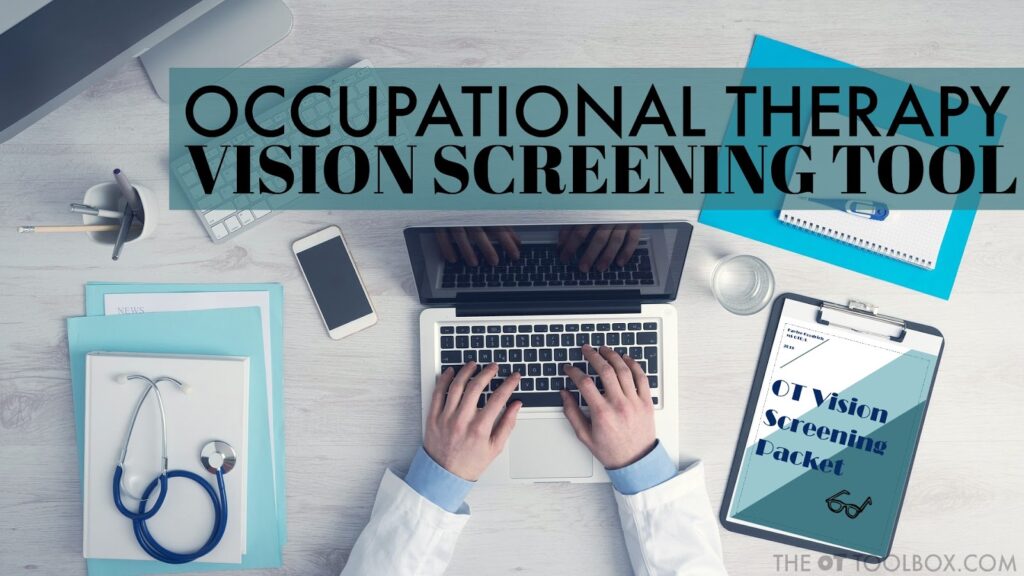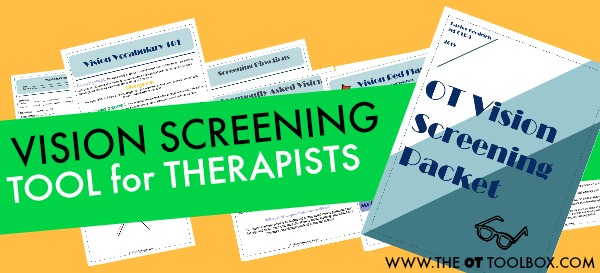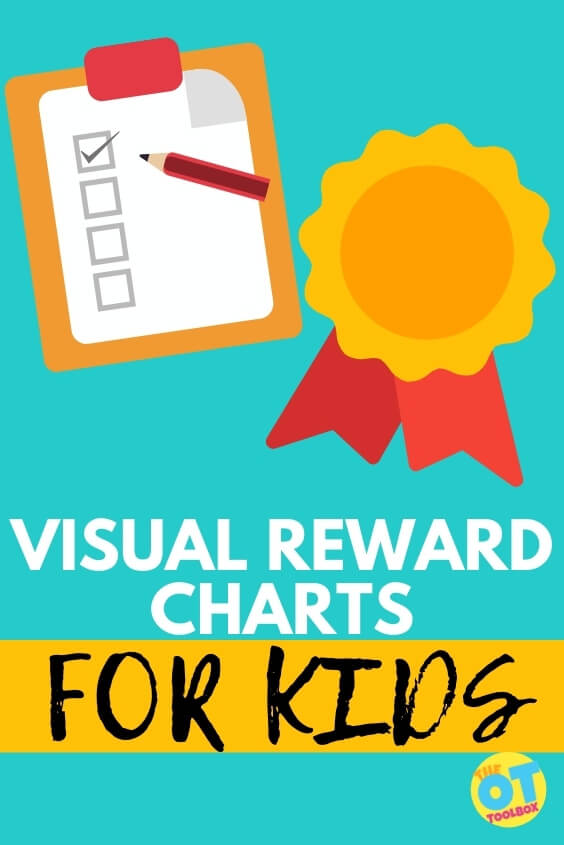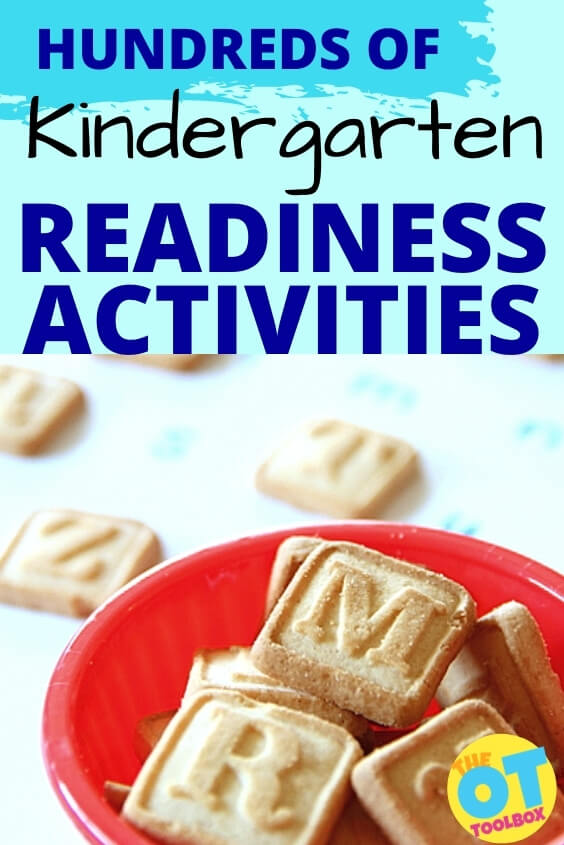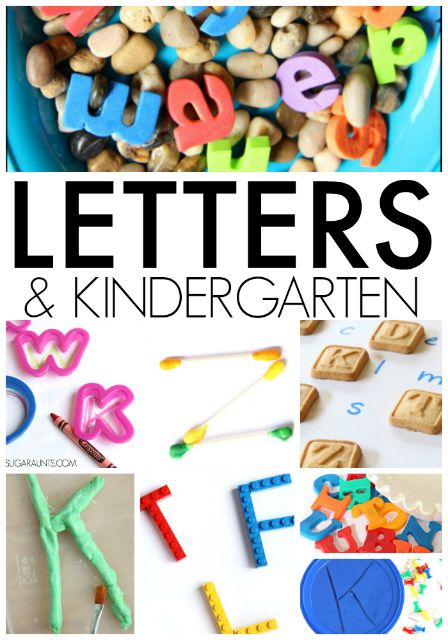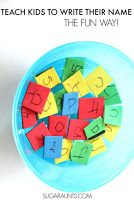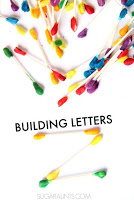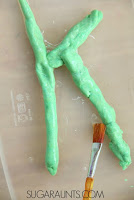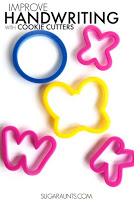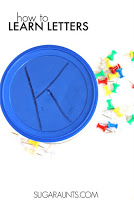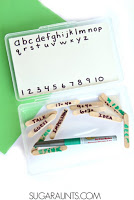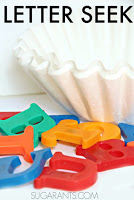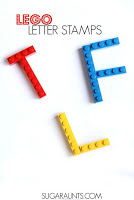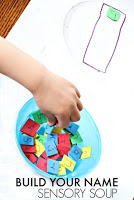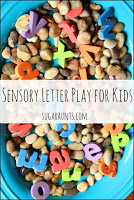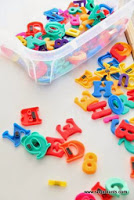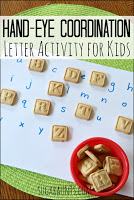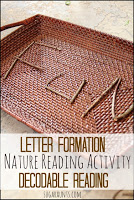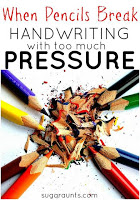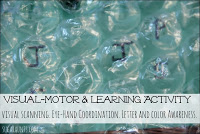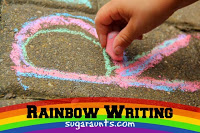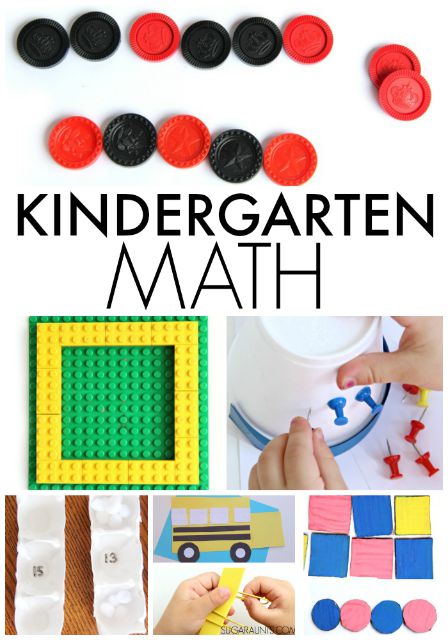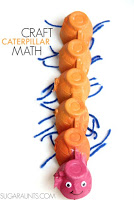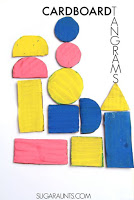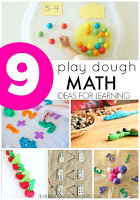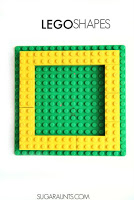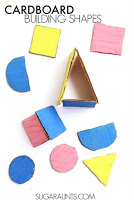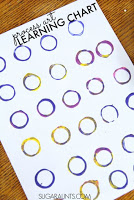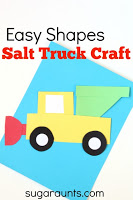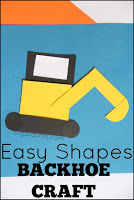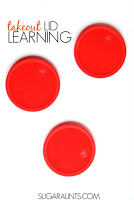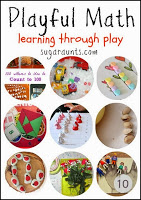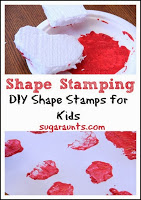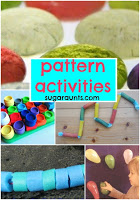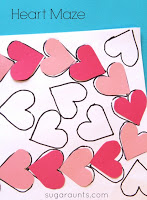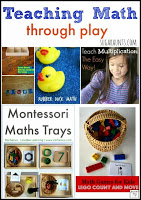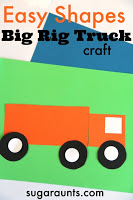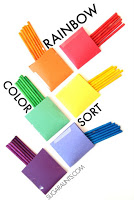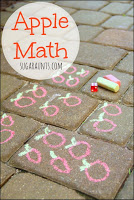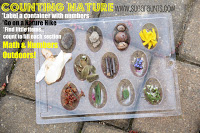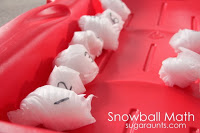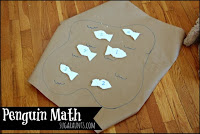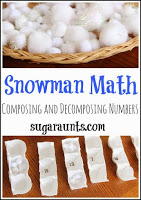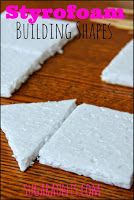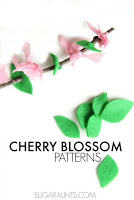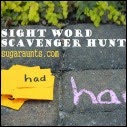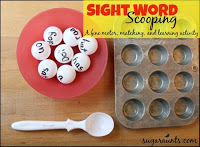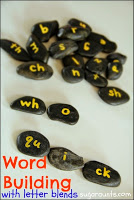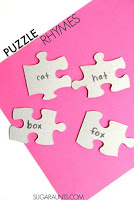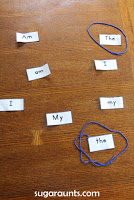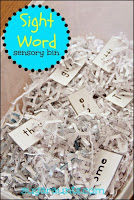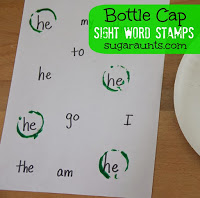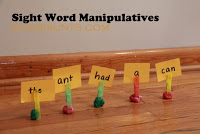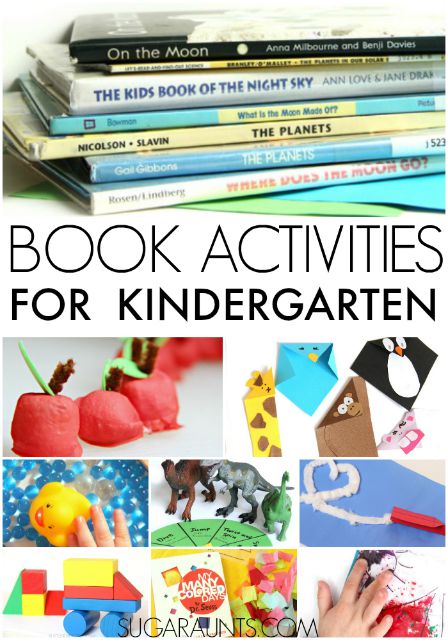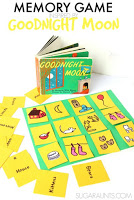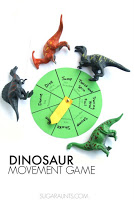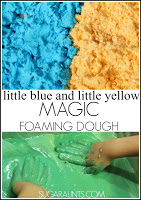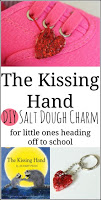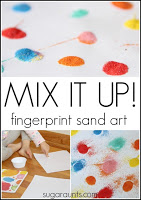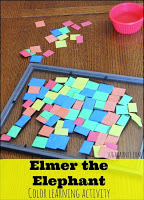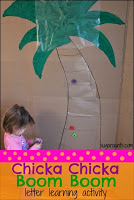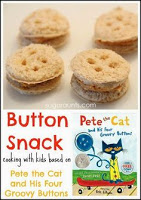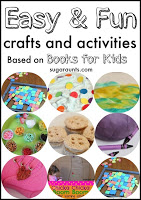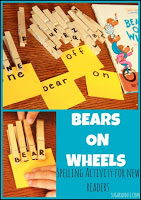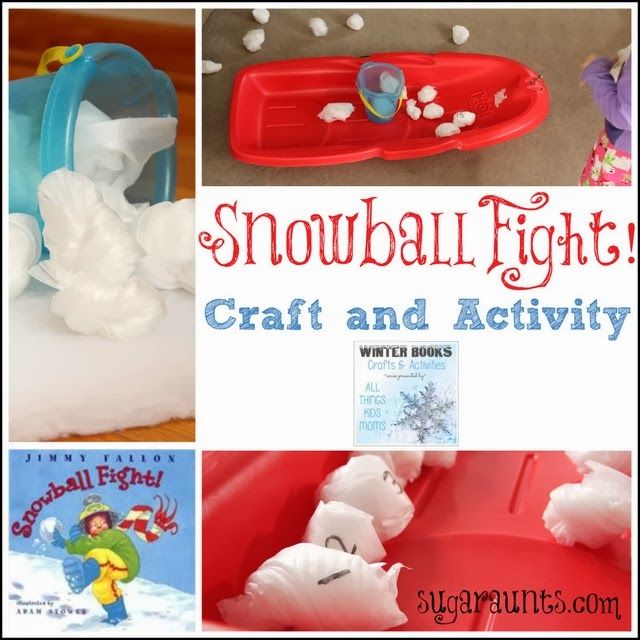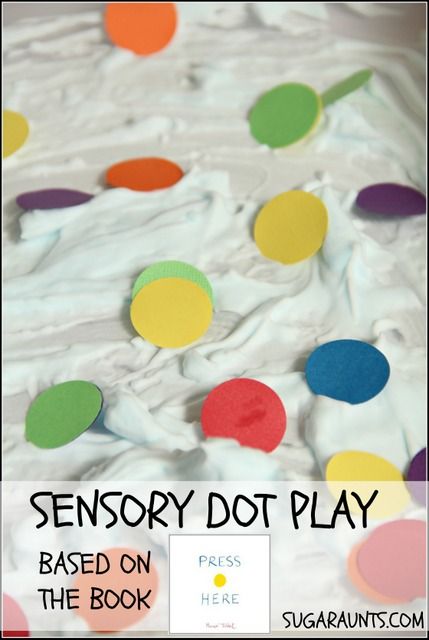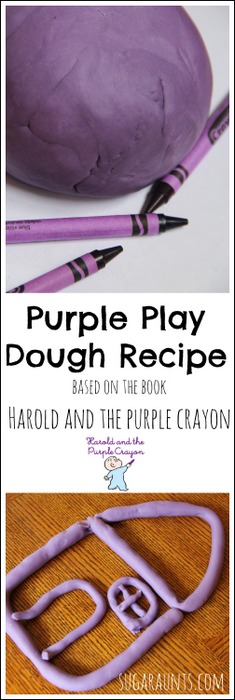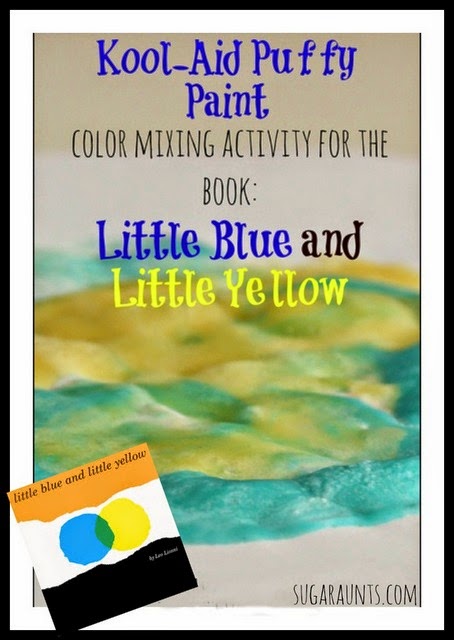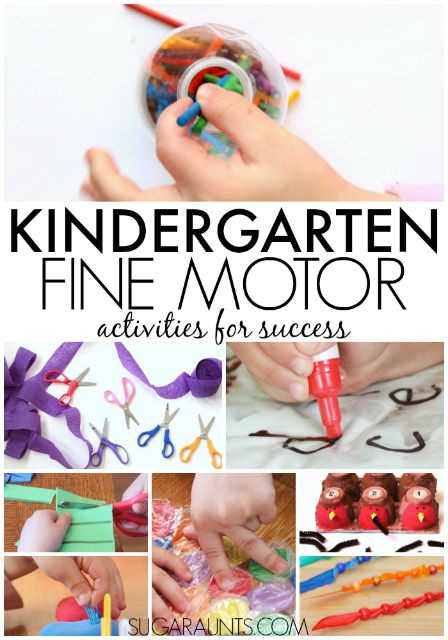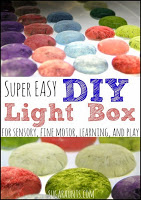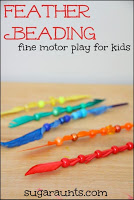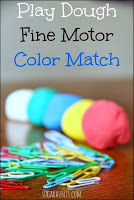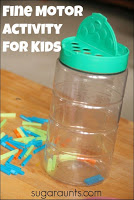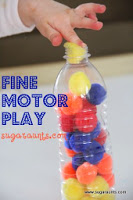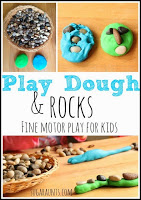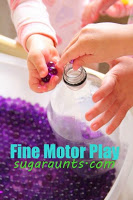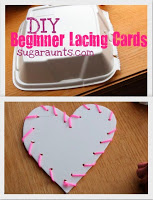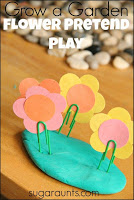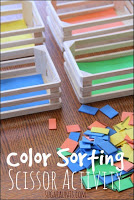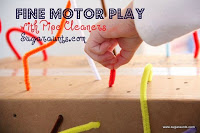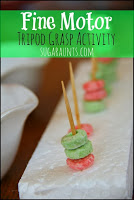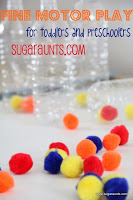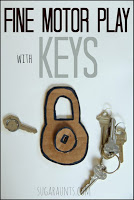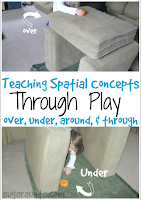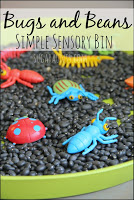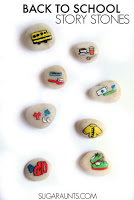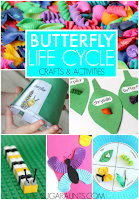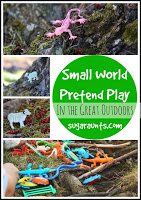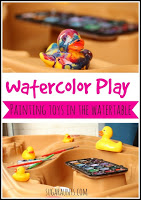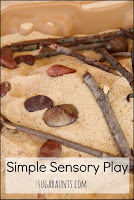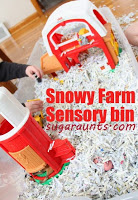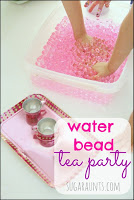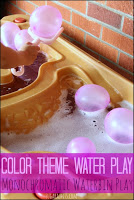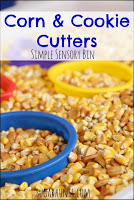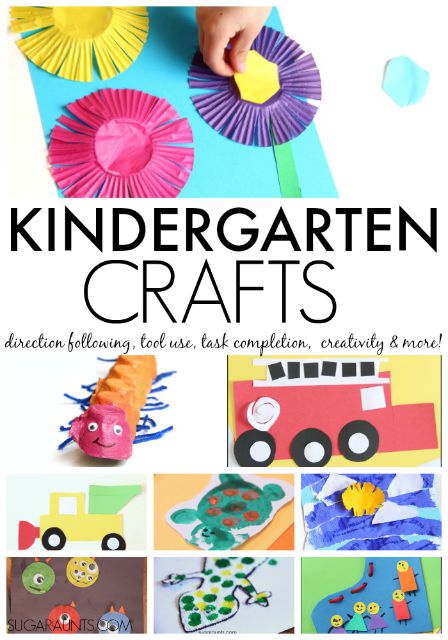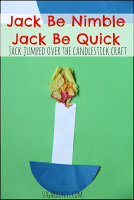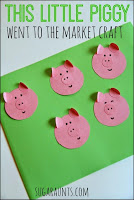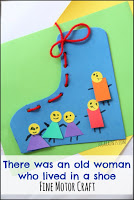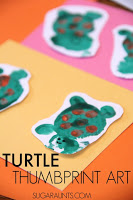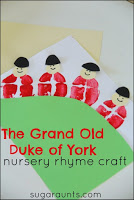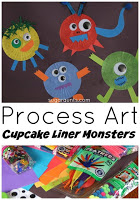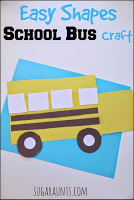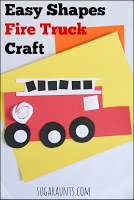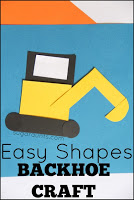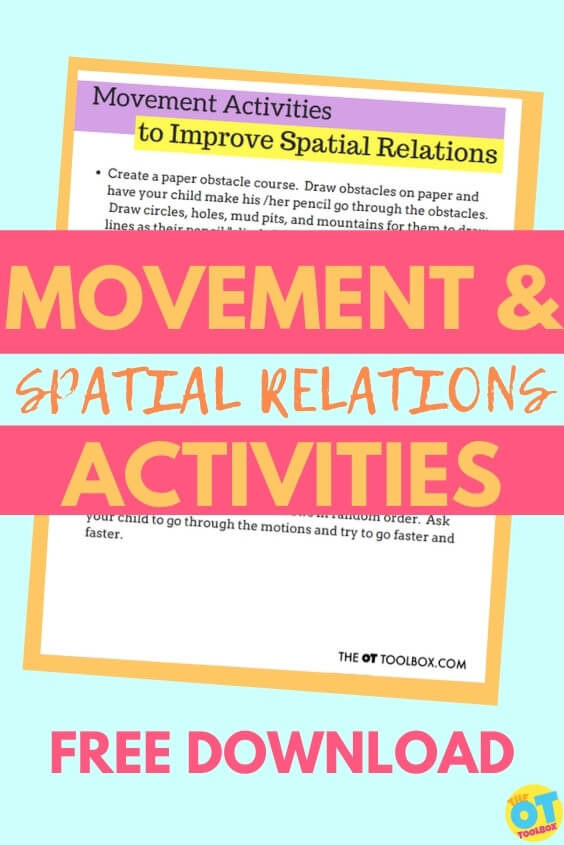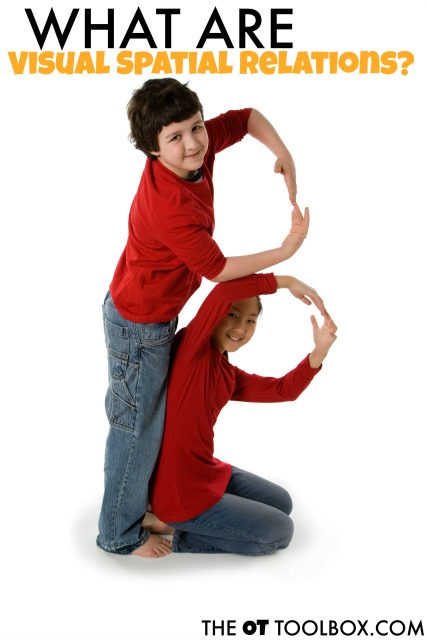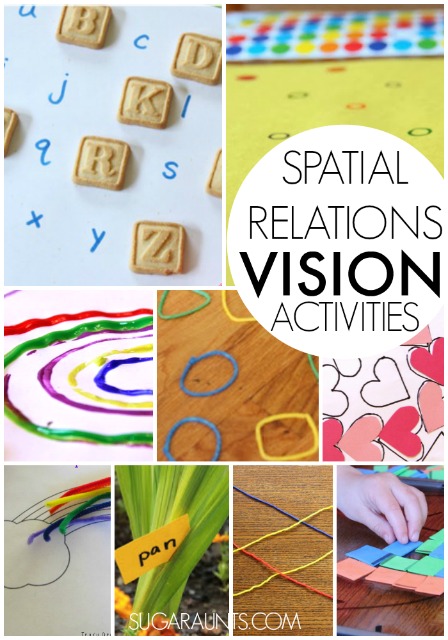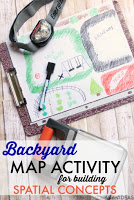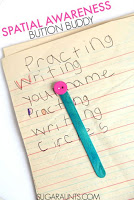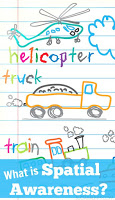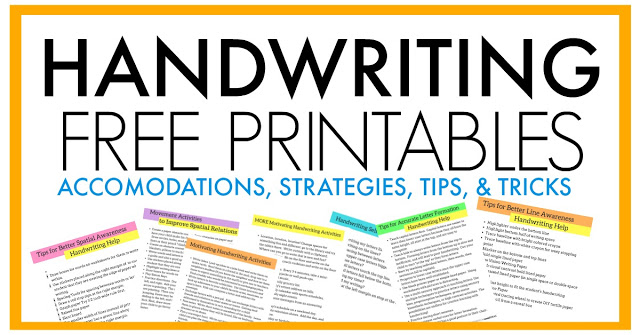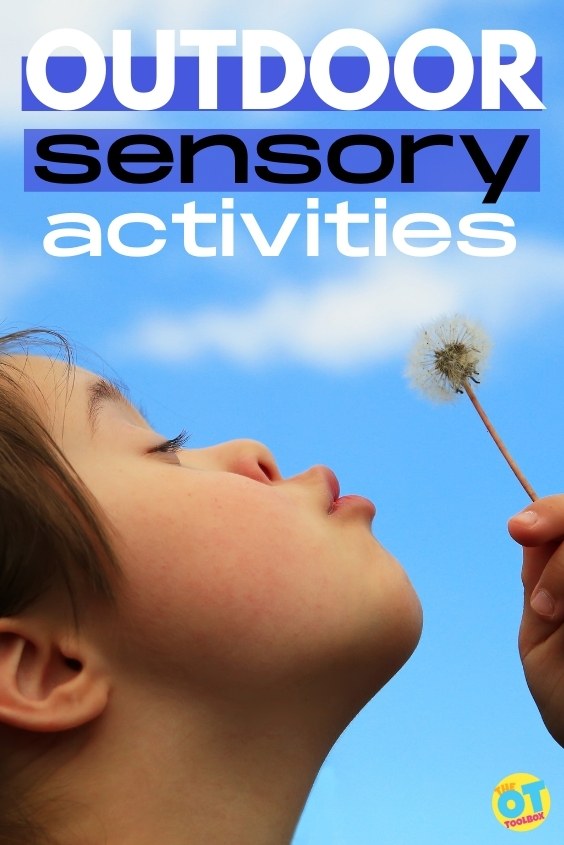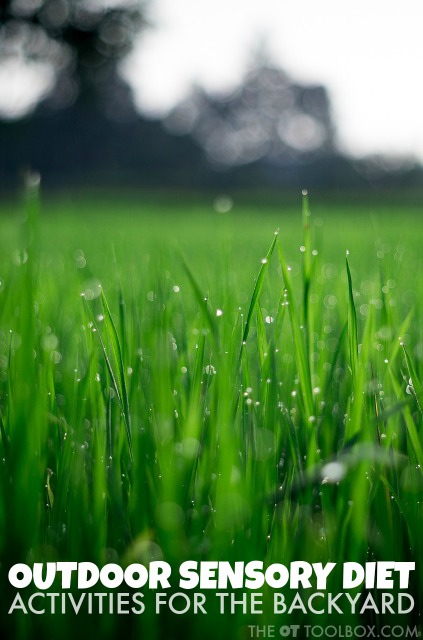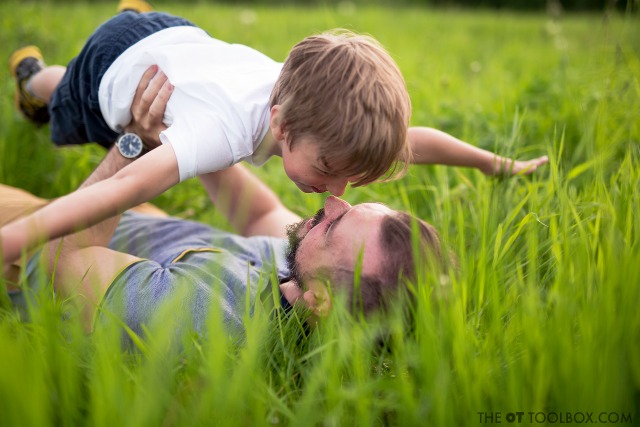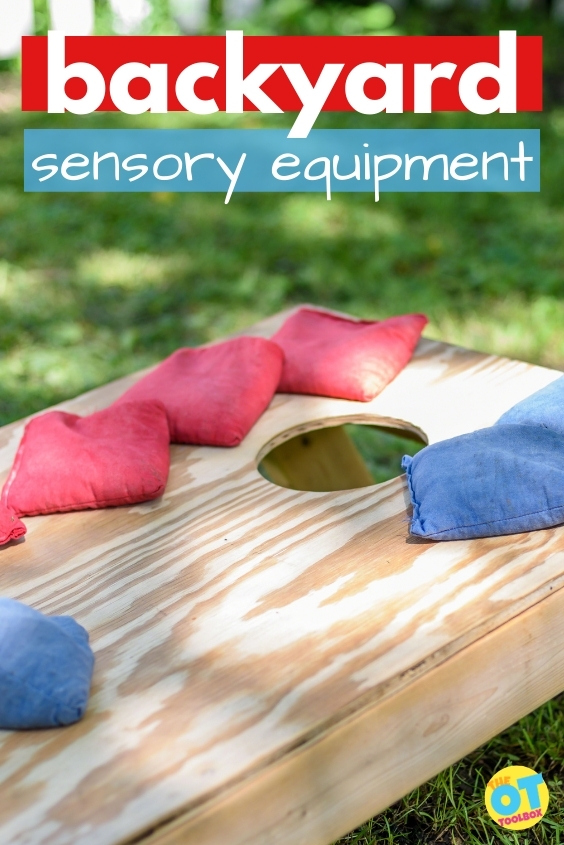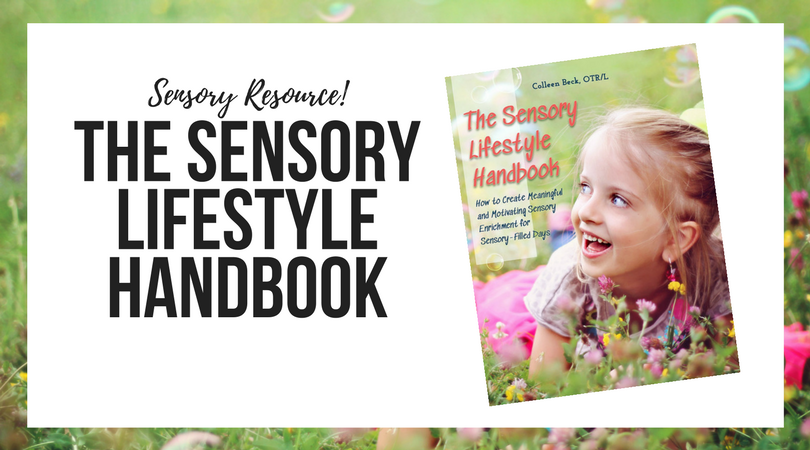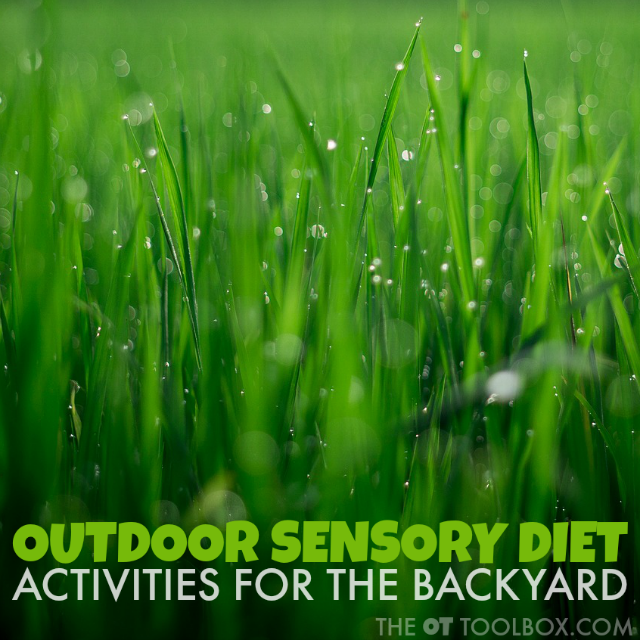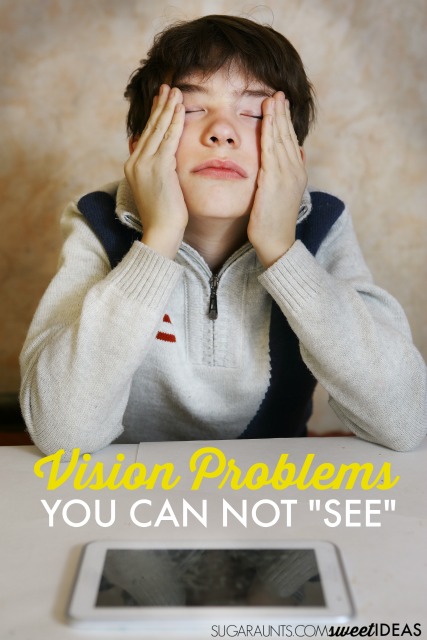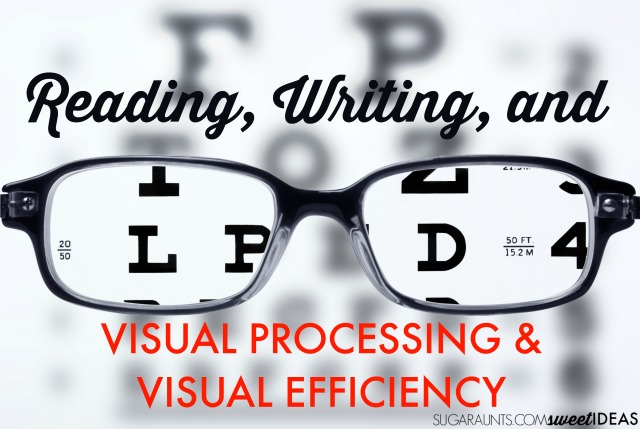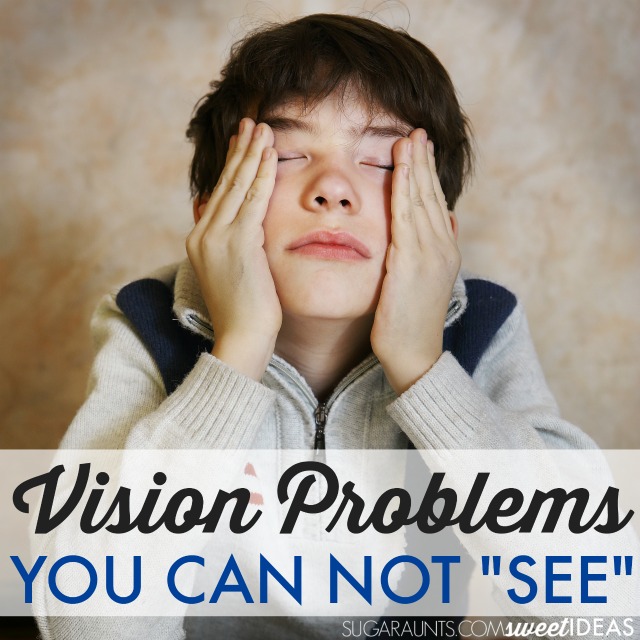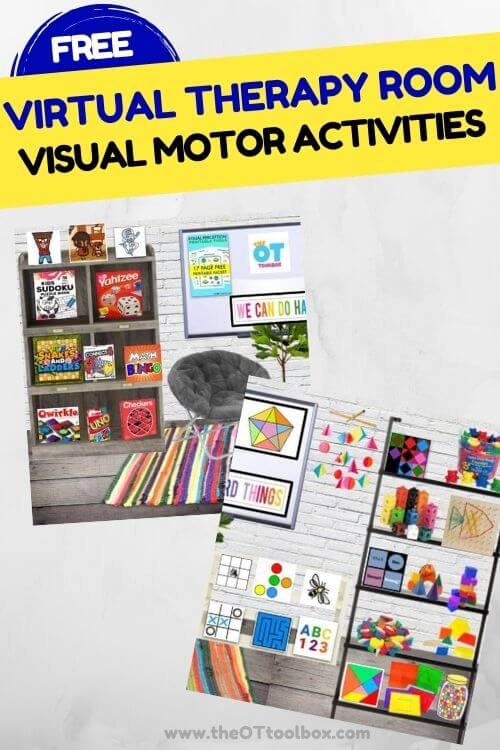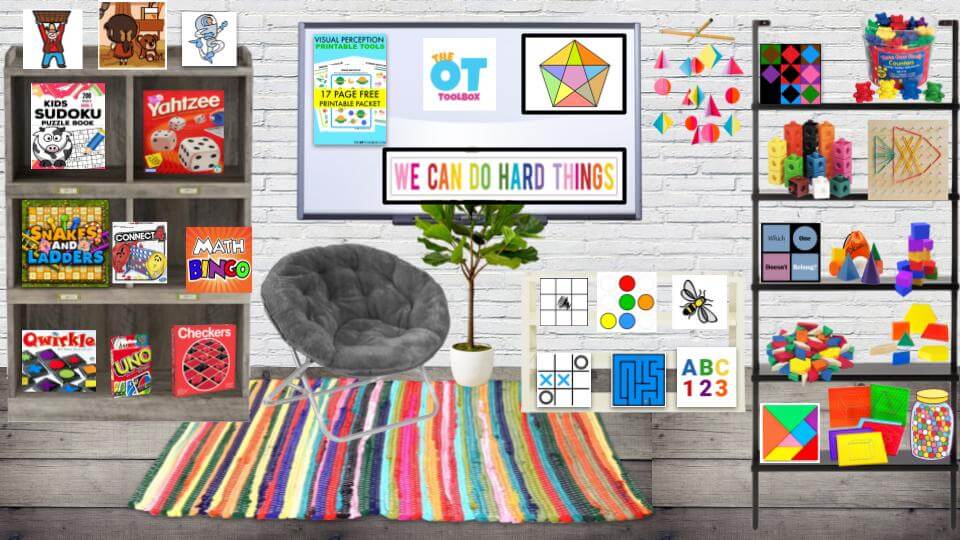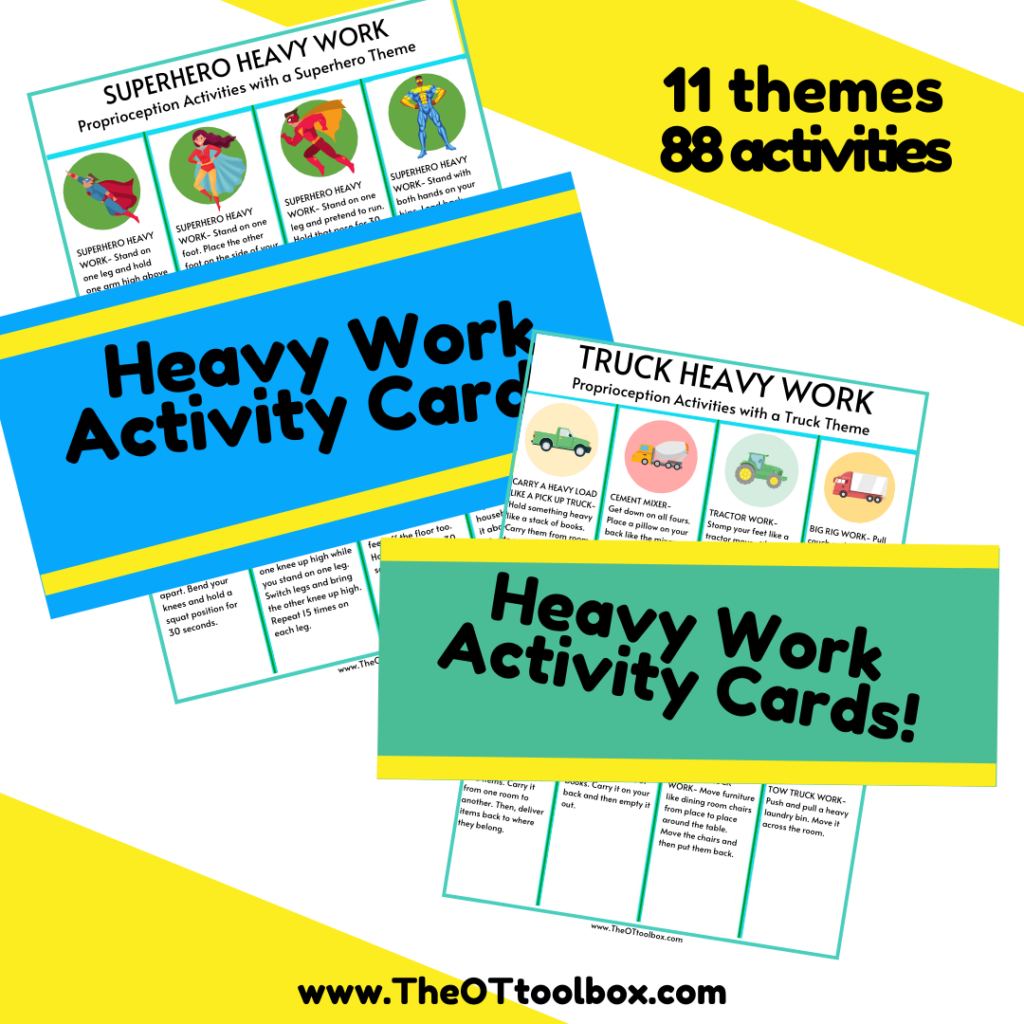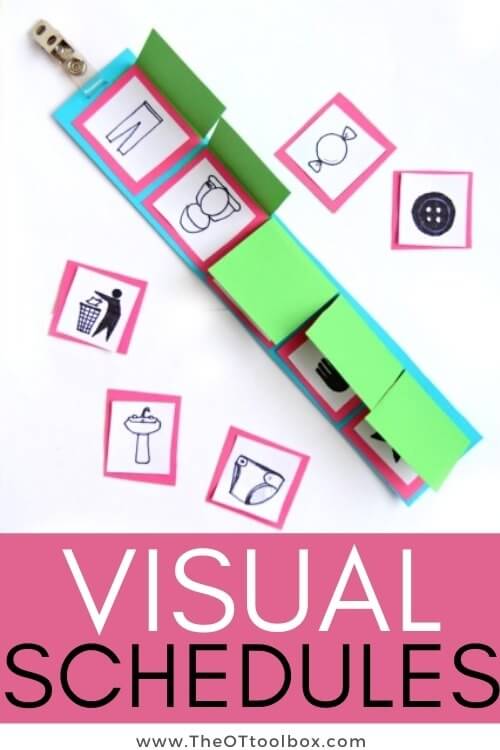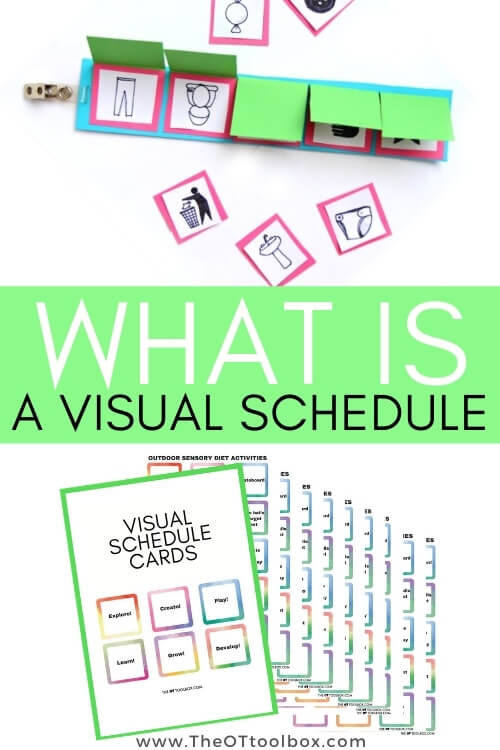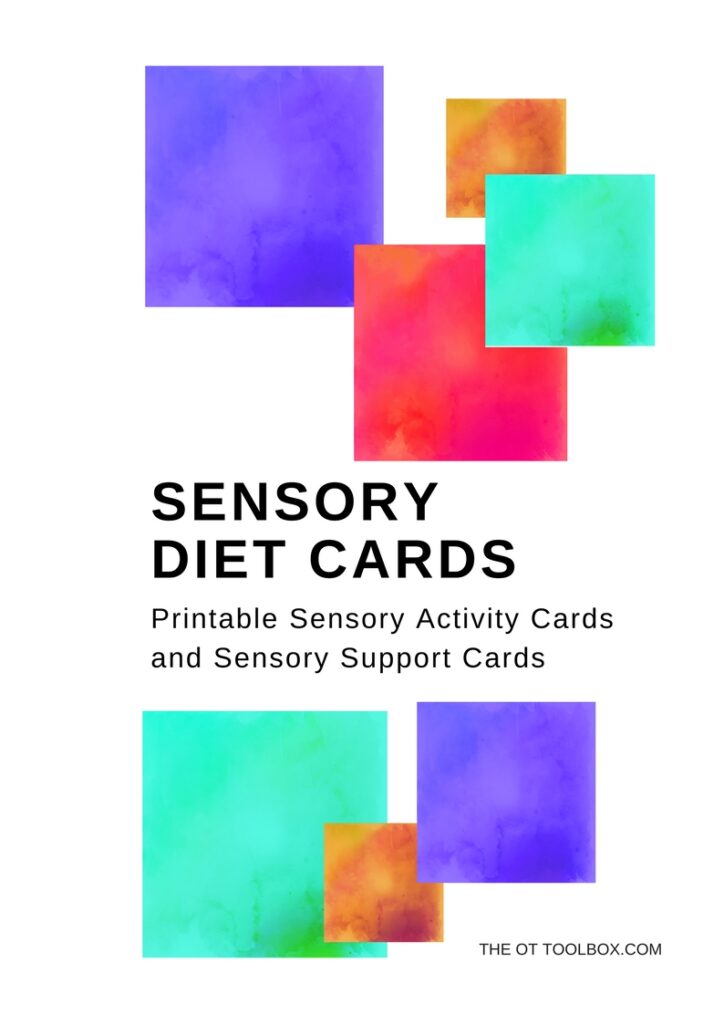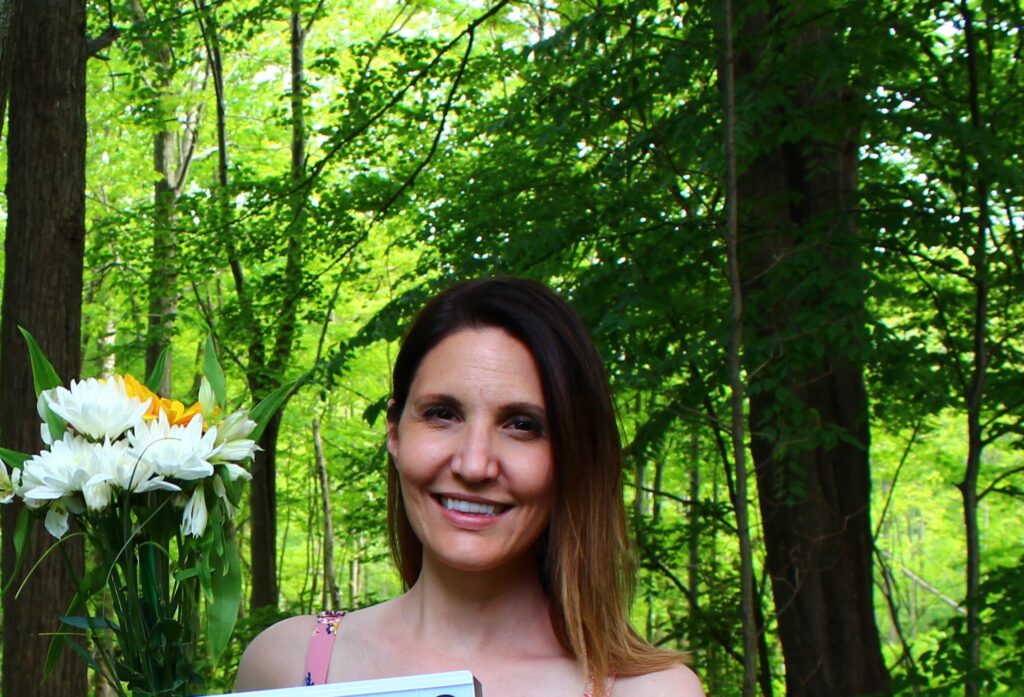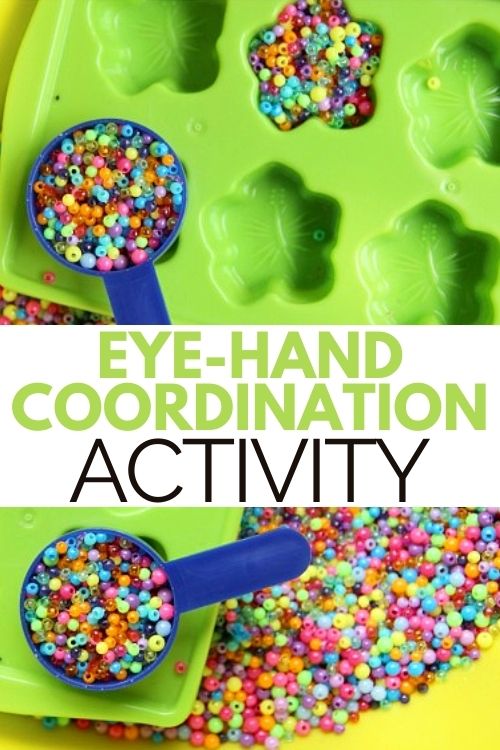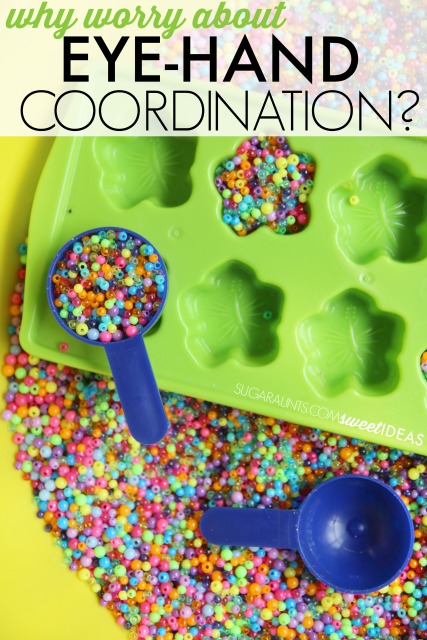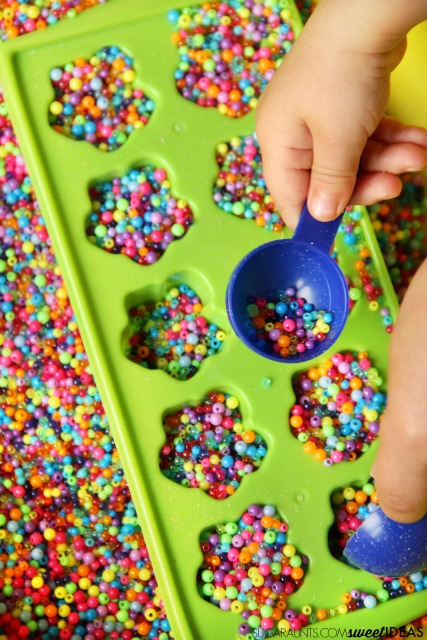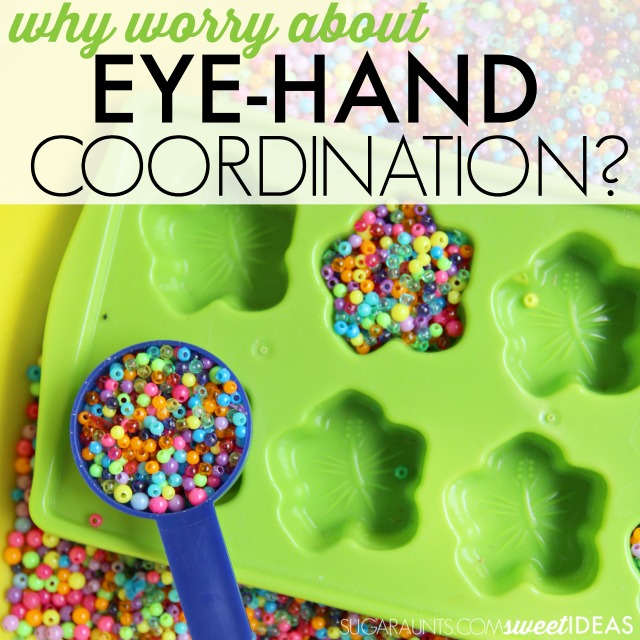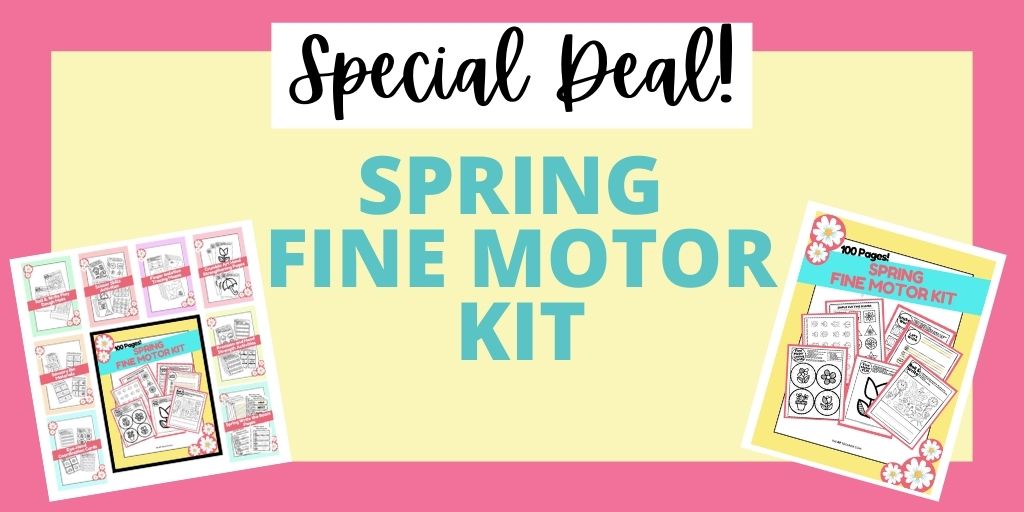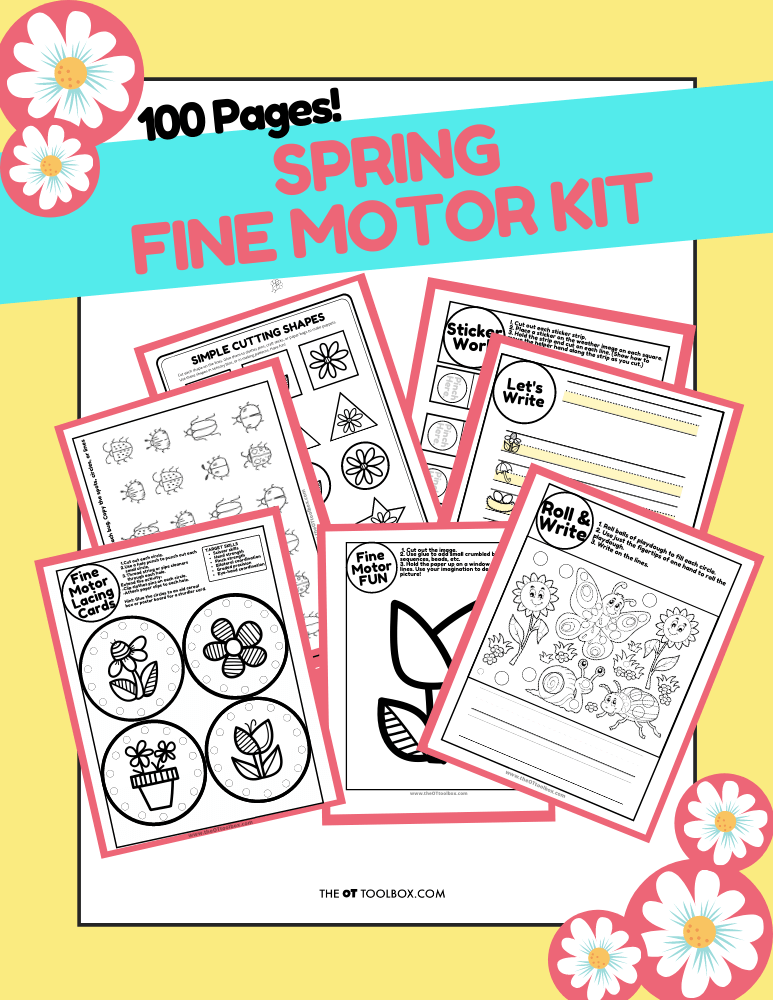Visual Tracking is an important part of everything we do and visual tracking games can be a valuable resource to improving visual tracking skills! For tasks such as reading and writing, however, the ability to track visually across a line of written text is essential for reading and fluency in reading.
When kids read across a line of text in a book, they are using visual tracking skills to follow the line from word to work. When they follow a finger along lines in a book they are using visual tracking skills. When they shift their vision from one point to another, they use a combination of visual scanning and visual tracking skills. Visual tracking is a multi-faceted topic and you can read more about visual tracking and all that it entails in functional tasks here on the website.
Visual Tracking Games and Visual Tracking Activities for Kids
So when visual tracking is such an important part of function and skills, how do you address this skill area? There are adaptations that can be put into place to help, such as prompting, cues, physical assists, and other tools. One way to work on visual tracking needed for functional tasks is to use visual tracking games in play and activities.
Visual tracking games and activities can be a valuable asset for increasing this skill area in kids with visual tracking skill deficits or needs.
Read on to find out more about visual tracking games and activities that may help kids improve their visual tracking skills.
But first,
What does a Visual Tracking Problem Look Like?
The games and activities listed below are important for kids who struggle with tracking of words and letters when reading, writing, or completing math. Visual Tracking problems may also present as difficulty with sports or coordination. Visual tracking may be evident in learning. There are many ways that a visual tracking concern can become evident. If one of these areas or functional abilities is a problem for your child, student, or client, then a visual screening can be very useful in identifying specific needs.
Need help addressing visual problems in the classroom? Here are classroom accommodations for visual impairments.
Occupational Therapy Vision Screening Tool
Visual Tracking Games for Kids
Kids can play visual tracking games that are free or are fun games out on the market to address this skill area and improve visual tracking skills so that reading and writing are easier.
Try some of these fun visual tracking games to help kids improve their visual tracking skills and they won’t even know they are “working”!
Amazon affiliate links are included below.
Badminton Game – Physical games and gross motor games like this one can help promote visual tracking across all visual fields including peripheral and in all directions (horizontal, vertical, circular, and diagonal).
Pop and Catch Game – Combining fine motor skills like this Pop and Catch game can bring the target close to the body to challenge convergence in kids with visual tracking needs in a visual tracking activity that the whole family can enjoy.
Velcro Ball and Mitt – This visual tracking game combines gross motor and sensory components with resistive work that kids can use to challenge upper body strength while playing. Follow the target ball as it sails toward and away to challenge convergence of the eyes. This activity can easily be modified to meet various needs by using a brightly colored ball or moving closer or farther away. is a game kids can play indoors or outdoors while working on their visual tracking skills.
Scoop ball -Try to scoop the ball while moving, while seated or while in a variety of positions and planes to add a graded component to this visual tracking game.
Wham-O Track Ball -This classic visual tracking game is traditionally an outdoor lawn game for kids or adults, but it makes an awesome visual tracking game! When kids struggle with visual tracking skills, they can benefit from watching a moving target and challenges in visual tracking across various fields of vision. Play this visual tracking game indoors or outdoors. Why not add a prone component by playing while crawling or laying on the floor or while on a scooter board?
Light Up Bouncy Ball – While any ball could potentially be used as a visual tracking tool, this light up ball can be used in a dark room or at night for a visual tracking game that kids can’t resist! Play a slow rolling game of catch or try to invoke spontaneous visual tracking skills by bouncing the ball against a wall in a darkened room. What fun!
Glow in the Dark Ring Toss – This is another glow in the dark game that kids can play in a darkened space. The room doesn’t need to be completely dark to encourage visual tracking with this glowing game. Just close the blinds or play at night with a low light on and the glowing visual tracking can still happen! Ask the child to watch as the ring is tossed away from them. They child can also position themselves on the sidelines when they are waiting for their turn while others play, allowing for visual tracking across planes.
Zoom Ball – This is a great therapy tool because the child can control and feel when the moving target is moving toward them and away from them. Zoom ball games can target visual tracking because the toy requires convergence as the child watches the target move between them and another player.
Rocket Launch – There are many rocket launch toys on the market and any would work as a visual tracking tool. But this one is nice because it has the ability to change the angle so the rocket can be sent higher or at different angles. Kids can watch the brightly colored rocket as it sails through the air into unpredictable tracks and various fields of vision, including the peripheral.
Slingshot Creatures – These fun creatures can be sent at targets or at any plane as a visual tracking tool. Kids will love shooting these creatures or watching them sail across the room!
Parachute Toy – Parachute toys, flying discs, and other flying target toys are great for addressing visual tracking skills. Kids can toss them up or watch as they drop while following the target. This set includes lots of fun extras!
Glowing Finger Slingshots – Flinger slingshots are a fun tool for targeting visual tracking skills. This visual tracking activity is one kids will love to engage with! Try them in a darkened room to encourage visual tracking as the glowing toy flies across the room!
Flying slingshot copter – This is another slingshot activity that kids can shoot themselves while visual tracking as the target soars. Play indoors or outdoors. Visual tracking tools like this are motivating and a fun addition to goody bags or as a small gift idea.
Handheld helicopter drone – This indoor or outdoor drone is a nice visual tracking tool that kids will love to send up and watch as it soars.
Need a resource to address visual tracking or need to know where to start with identifying visual tracking concerns?
The Visual Tracking Screening Tool can help therapists screen for and identify visual problems that interfere with visual tracking, convergence, and other visual skills.

Colleen Beck, OTR/L has been an occupational therapist since 2000, working in school-based, hand therapy, outpatient peds, EI, and SNF. Colleen created The OT Toolbox to inspire therapists, teachers, and parents with easy and fun tools to help children thrive. Read her story about going from an OT making $3/hour (after paying for kids’ childcare) to a full-time OT resource creator for millions of readers. Want to collaborate? Send an email to contact@theottoolbox.com.


